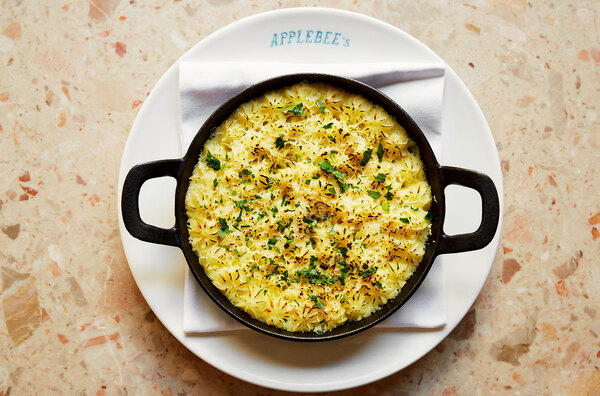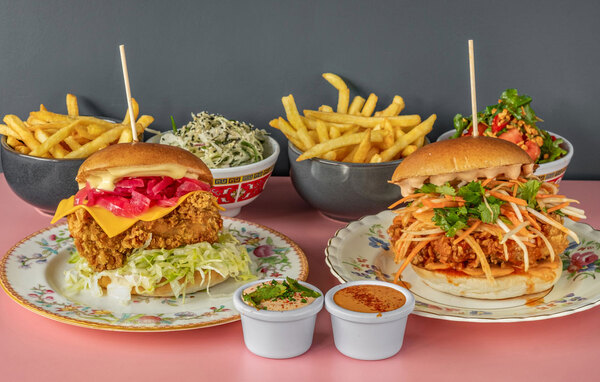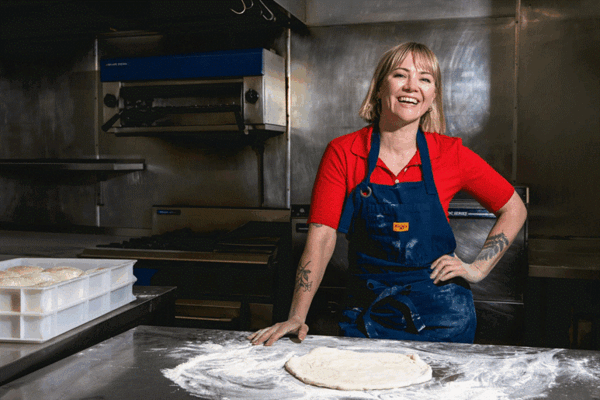Portion control
The amount of food allowed per portion depends upon the following criteria:
The type of customer or establishment
There will be a difference in the size of portions served in a café, where the customers are largely manual workers, and in a restaurant situated amongst shops and frequented by ladies-who-lunch.
There is also likely to be a difference in portion size of, for instance, beef being served as part of a three-course menu for £20, and when the beef dish alone costs £20 on an à la carte menu.
The quality of the food Better quality food usually yields a greater number of portions than poor quality food. For example, low quality stewing beef is likely to require so much trimming that it may be difficult to get six portions to the kilo. The time and labour involved on preparing the meat also loses money.
Good quality stewing beef, however, may give eight portions to the kilo. Much less time and labour is required in the preparation of the higher quality meat.Â
Also consider the use of organic produce. An organic chicken breast can cost the same as a whole standard chicken. It is therefore essential you know your target market and whether they would rather pay £12 for an organic chicken breast salad or £12 for half a roast chicken, chips and salad.
Â
The buying price of the food A clever buyer will ensure that the price paid for the food corresponds to its quality. A good price should mean good quality, which in turn should mean a good yield, which will help ensure the establishment of good portion control.Â
However, if an inefficient buyer pays a high price for low quality food then it will be difficult to achieve a good number of portions.
Buying tips
Portion control is closely linked with the buying of food. Only with a sound knowledge of the food bought is it possible to work out exactly how many portions can be obtained from it. Buying tips to consider when buying food that will assist portion control include:
- Keep an up-to-date list of all fresh and dry goods required by the kitchen and their prices. Check prices continually to ensure you buy at the best price.
- Be aware of different types and qualities of each item.
- Be aware of the availability of part-prepared and ready-prepared fresh items, eg filleted fish and boned joints of meat. They may be more expensive, pound-for-pound, but you will save on labour costs.
- Be aware of the right time to buy at the best price, which, for fresh goods, is when the item is at the height of its season. This will ensure goods are bought at the required quality for the best price, and will also ensure an economic yield. But, be aware, that the cheapest item may prove to be the most expensive if there is excessive waste.
- If possible order by number and weight to ensure efficient portion control. For example, instead of ordering 2kg of sirloin steak, you could order 10 x 200g trimmed sirloin steak. Whereas, if you just order 2kg of sirloin steak, it may come in various sizes, making portion control difficult.
- To help with the buying of the correct quantities, compile a purchasing chart of 10, 50 or 100 covers â" depending on the size of the restaurant â" from which items can be easily divided or multiplied according to requirements.
- Consider buying pre-portioned items, such as individual butter packs and cartons of milk
Portion control equipment
Certain items of equipment are necessary in maintaining good portion control. For instance, scoops should be used for mashed potato and ice-cream, ladles for soup and sauces, and specific sized dishes for soup and desserts.
Guideline portion amounts
| Plaice, cod, haddock fillet | 8 portions per kg |
| Cod and haddock on the bone | 6 portions per kg |
| Plaice, turbot, brill on the bone | 4 portions per kg |
| Salmon (gutted, but including head and bone) | 6 portions per kg |
| Crab or lobster meat | 250-360g per portion |
| Boneless roast beef | 6-8portions per kg |
| Stewing beef | 8-10 portions per kg |
| Leg of lamb | 6-8 portions per kg |
| Stewing lamb | 4-6 portions per kg |
| Leg of pork | 8 portions per kg |
| Duck and chicken | 360g per portion |
| New potatoes | 8 portions per kg |
| Old potatoes | 4-6 portions per kg |
| Cabbage | 6-8 portions per kg |
| French beans | 6-8 portions per kg |
| Peas | 4-6 portions per kg |
| Spinach | 4 portions per kg
|




















